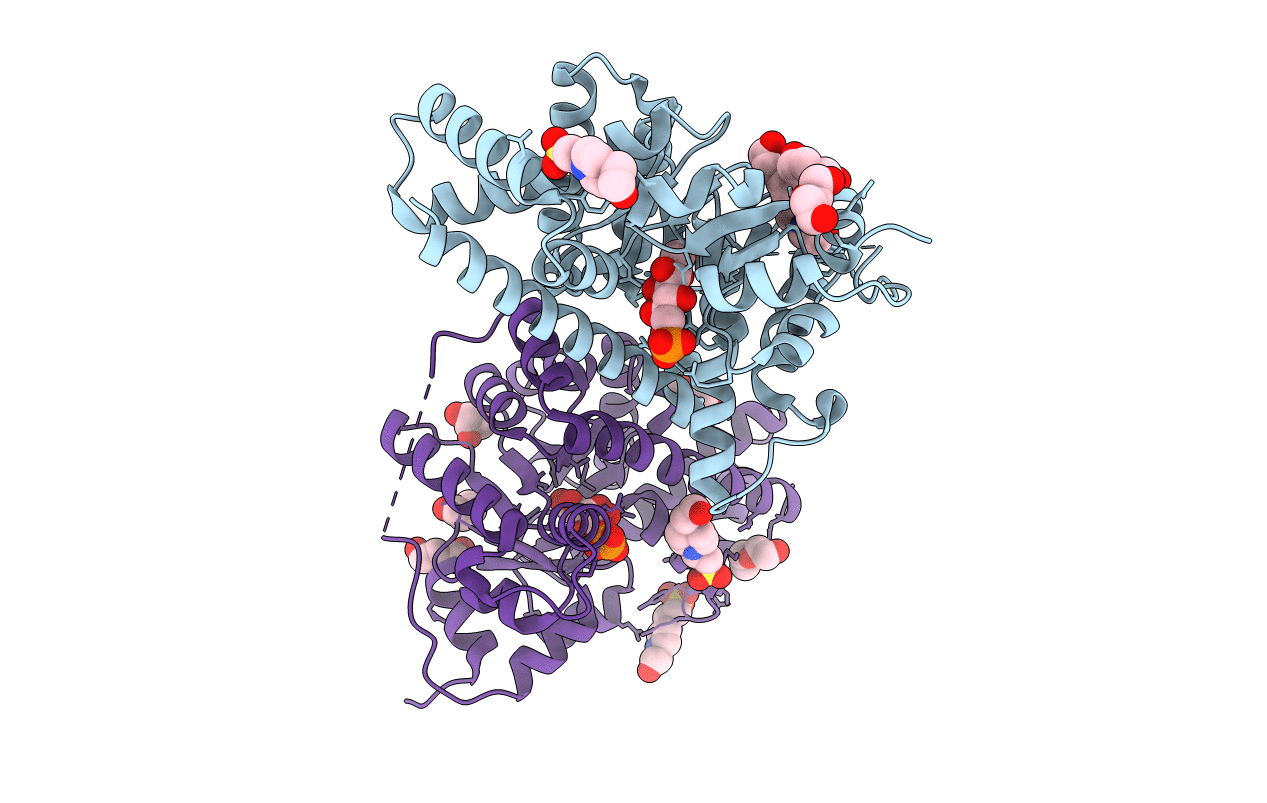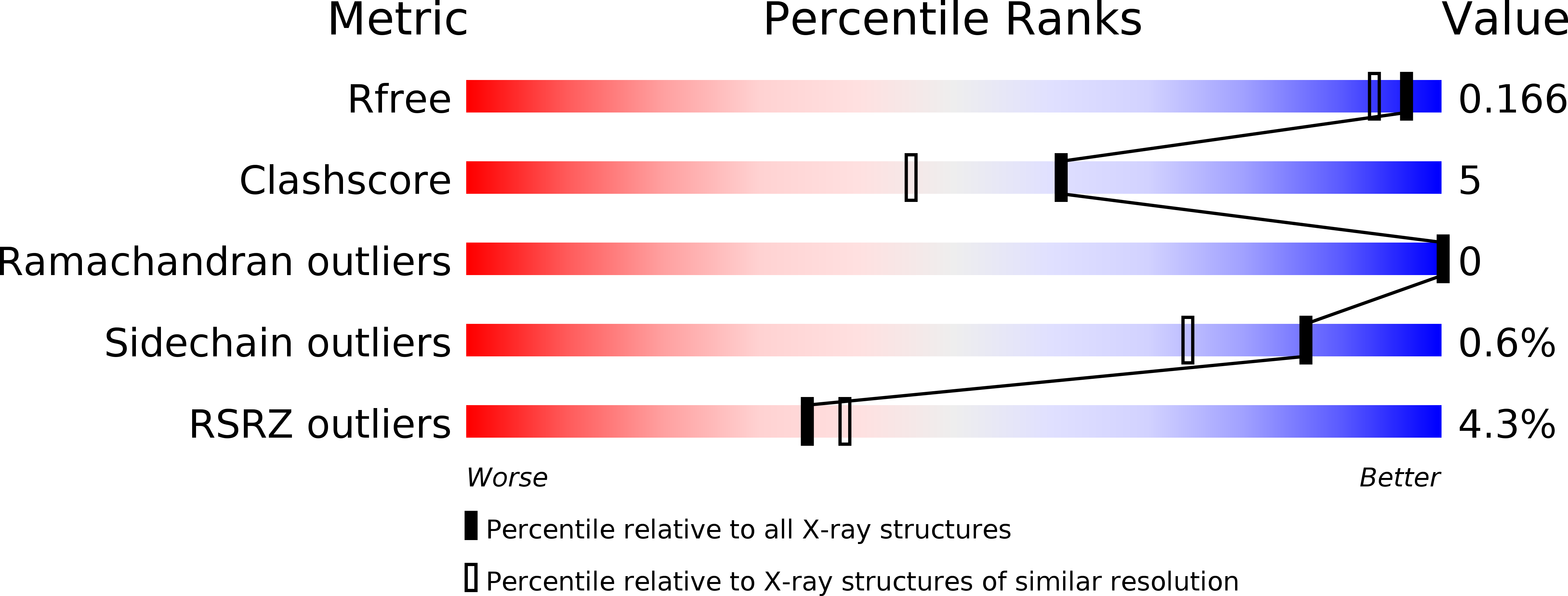
Deposition Date
2011-08-26
Release Date
2011-09-07
Last Version Date
2023-09-13
Entry Detail
PDB ID:
3TKF
Keywords:
Title:
1.5 Angstrom Resolution Crystal Structure of K135M Mutant of Transaldolase B (TalA) from Francisella tularensis in Complex with Sedoheptulose 7-phosphate.
Biological Source:
Source Organism:
Francisella tularensis subsp. tularensis (Taxon ID: 119856)
Host Organism:
Method Details:
Experimental Method:
Resolution:
1.50 Å
R-Value Free:
0.15
R-Value Work:
0.14
R-Value Observed:
0.14
Space Group:
P 21 21 21


